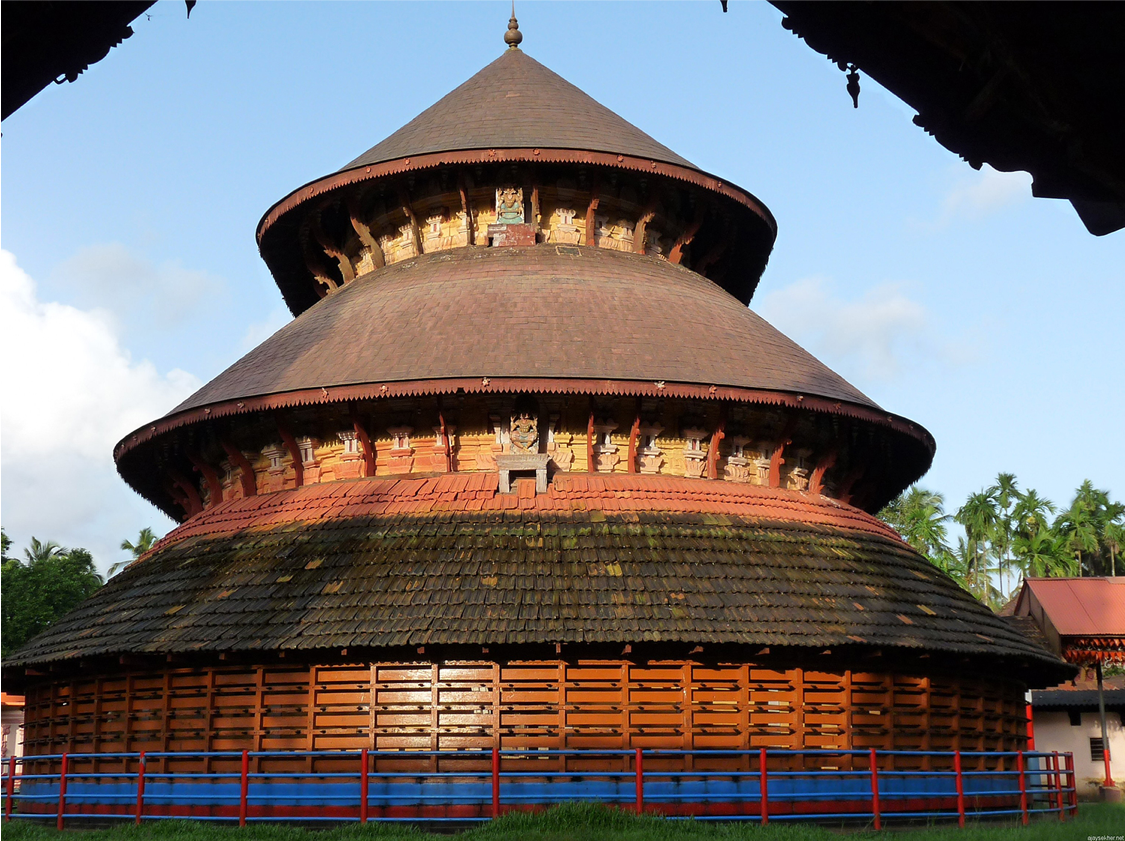Back to all modules
Patronage of Hindu Temples

Lectures will emphasize the role played by patron-kings and their political interests in Hindu temple building in India’s Early Medieval period (ca. 550 to 1200). This is a signiacant aspect of my larger study on the Early Chalukya architectural tradition and is important for any general survey of Hindu temple architecture in India.
The arst lecture will explain the critical position of Early Chalukya architecture within the developmental trajectory of the Southern (Dravida) architectural style of Hindu temple. I will use the well-known examples of the Pallava dynasty’s Rajasimehshvara Temple (ca. 725), which bears an inscription left on its walls by king Vikramaditya II, ruler of the Early Chalukya dynasty at Pattadakal, Karnataka. Vikramaditya II’s Virupaksha Temple at Pattadakal (ca. 733-744) was built to commemorate his three victories against the Pallavas; it also illustrates the king’s admiration for the Rajasimheshvara Temple through a re- appropriation of some of the iconography found there. In turn, the Virupaksha Temple inspired the Kailashanatha Temple (Cave 16) at Ellora (ca. 756-773), created by the Rashtrakuta king who brought the Early Chalukya dynasty to an end....
Loading Accordion Items...


